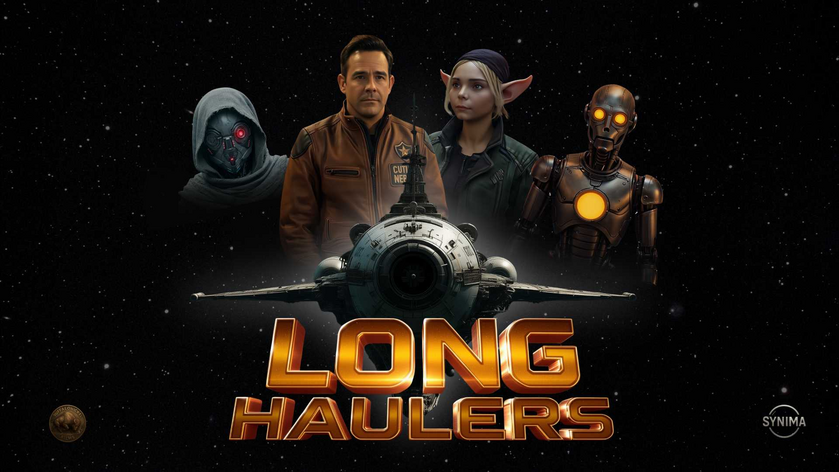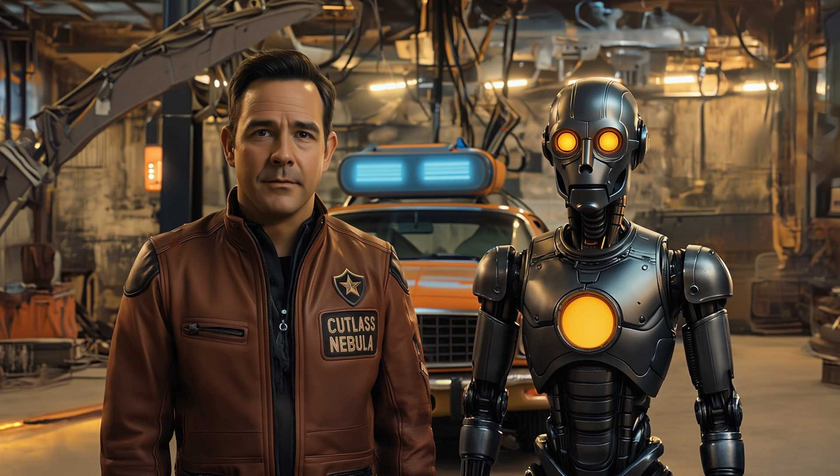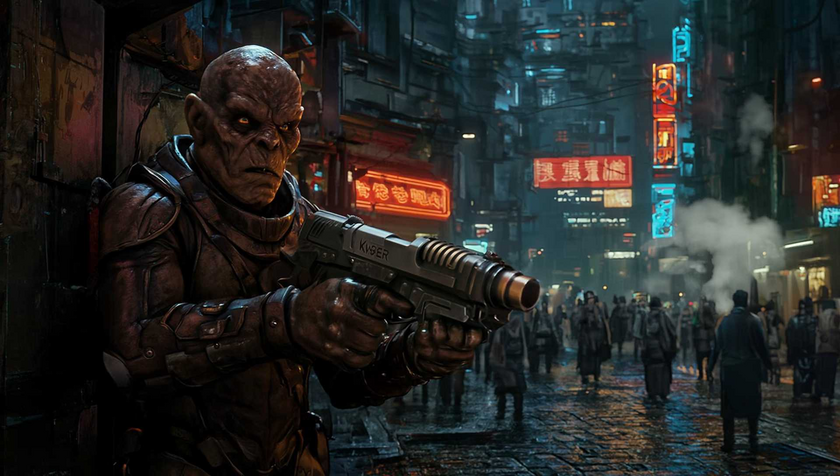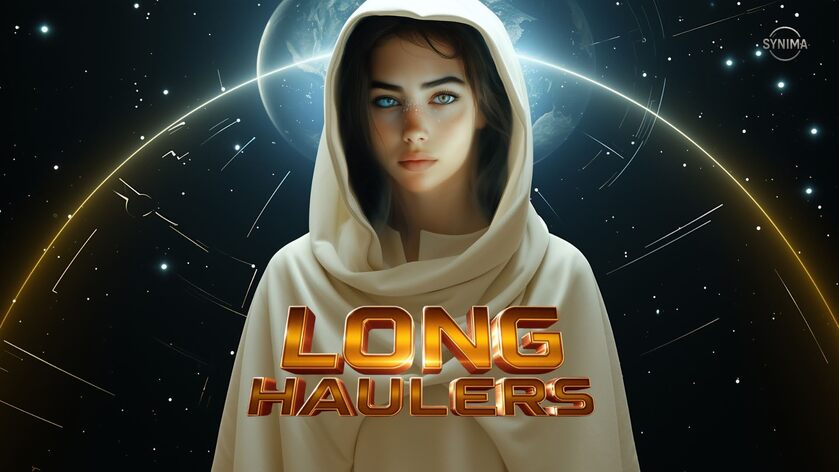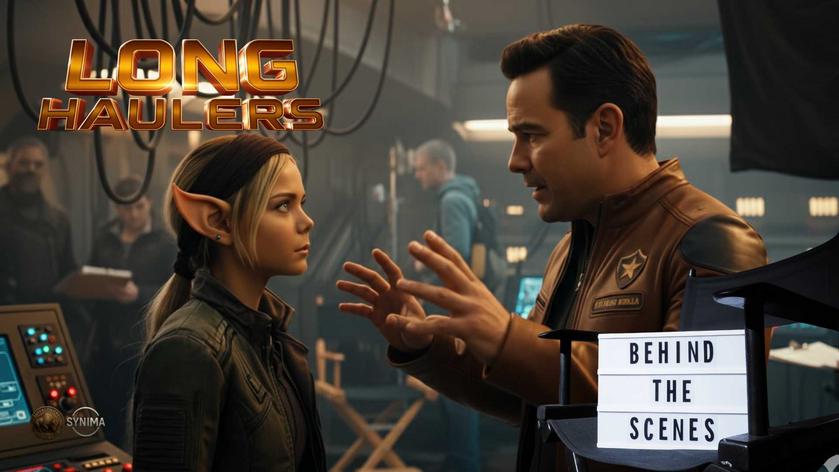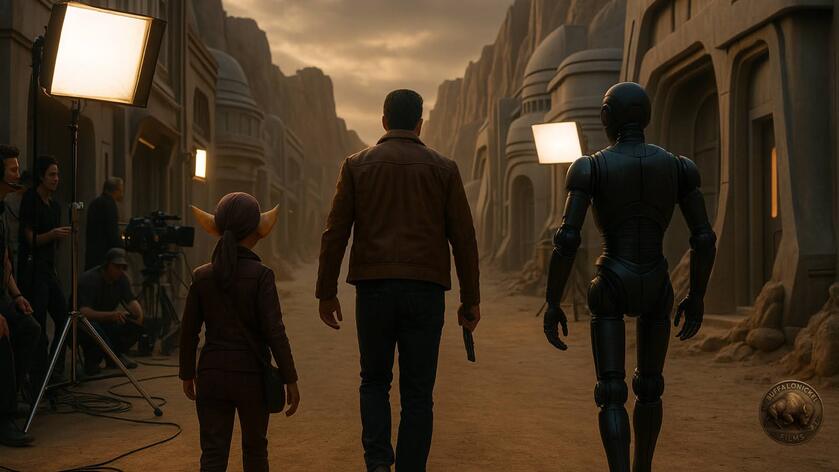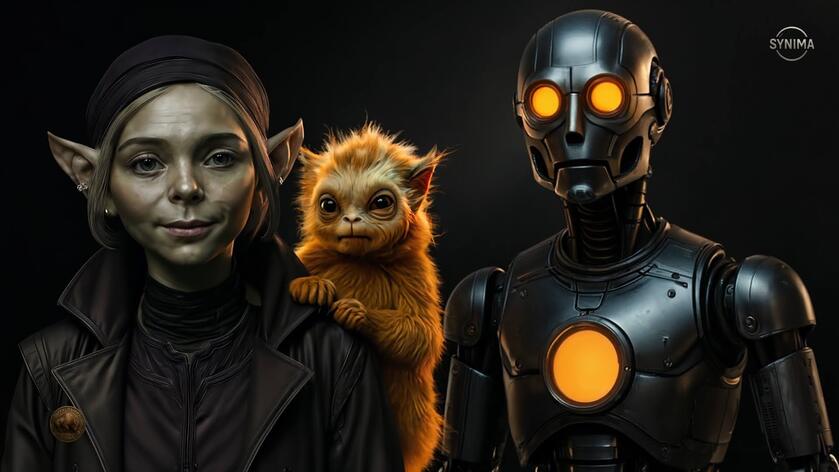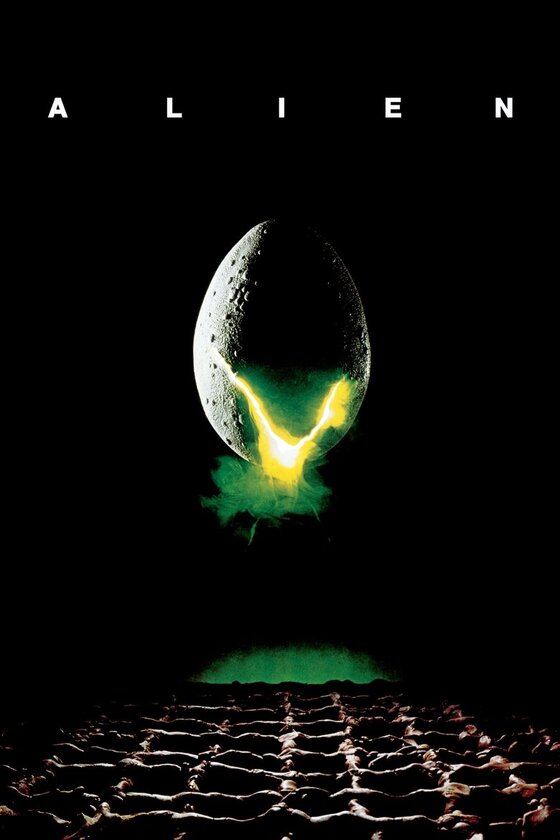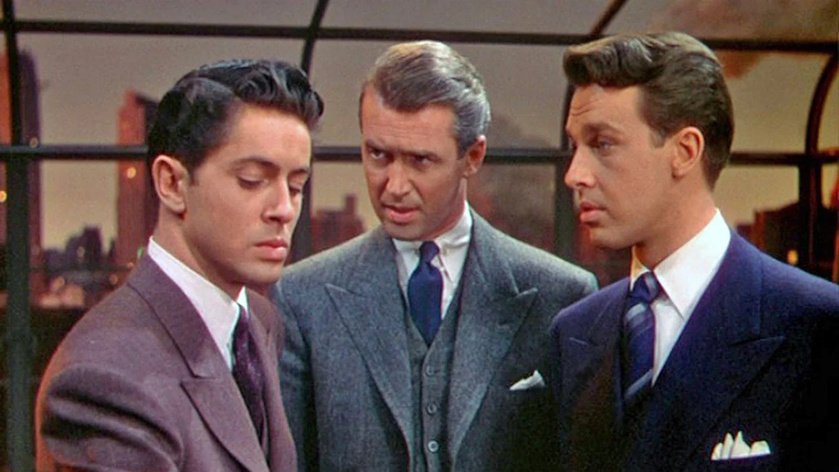One of the interesting debates that often pops up online is if there’s a difference between science fiction and fantasy. Most of us feel that we just intuitively know which is which when we see it and that it’s just the most willfully obtuse who want to argue about it. Each genre has its specific tropes (eg: laser guns or swords, spaceships or horses, distant planets or kingdoms, magic or speculative science), so whichever the story uses most defines where it falls.
Or does it?
Star Wars famously takes place “long, long ago,” which is just another way of saying “once upon a time.” It has laser guns and swords, magic and speculative science. By definition, it’s arguably more fantasy than sci-fi, but because it involves space travel we’re more inclined to place it in the latter category. Heck, the original Star Trek and the gone but not forgotten Firefly are basically westerns, when you really think about it.
We’re not going there today.
And we’re not going to settle the argument, either.
Here’s the thing: I love mashups, whether they’re intentional or not. Setting aside the work of early science fiction writers like H.G. Wells and Jules Verne, I’d venture to say that most of today’s mainstream sci-fi is a direct descendant from fantasy. The genetic traits are always there, and sometimes they show up more clearly than at others. Fantasy, myth, fairytales, whatever you want to call it, is the mother genre.
All the other genres are mutts.
So it doesn’t pay to get too pedantic. Lately everyone is talking about Dune, which is one of the most important and influential science fiction novels of all time. Yet it’s extremely divisive. Some people love it in a way that rivals The Lord of the Rings, and some people hate it. I don’t care for Herbert’s magnum opus myself, and I love the purity of Tolkien’s masterpiece. Because it is pure.
No spice required.
Returning to my affection for mashups, though, lately I’ve been reading Edgar Rice Burroughs’ John Carter stories, specifically Llana of Gathol. Like Star Wars, it’s about 50/50 science fiction and fantasy. Note, however, that it predates The Lord of the Rings and Dune, drawing more heavily from myth than From Earth to the Moon. In the John Carter adventures Burroughs inverts the story of the god-man coming to Earth with fantastic abilities (ala Hercules) and sends the Earth man to Mars, where between lower gravity giving him enhanced strength and his natural skill in fighting, he is the divine-like champion.
But there’s also flying ships and alien creatures.
Years later, the concept was flipped again and we got Superman added to the pop culture pantheon. And round and round it goes. Storytellers are always borrowing and innovating, mixing and mashing. The best stuff tends to come, I suspect, when it’s done almost accidentally. This is why it’s important that we read outside of the genres in which we work and engage with stories both old and new.
Otherwise, look what happens.
Hollywood and the entertainment industry at large is just rebooting and deconstructing itself, demolishing itself. The latest Star Wars movies tells us our heroes were never that great, the latest Indiana Jones movie makes a mockery of the old man, and Velma has tried to make it so we can never enjoy the old Scooby-Doo the same way ever again. There’s nothing new, nothing iconic, and nothing good in these reinterpretations. Part of the reason for this is because the new generation of “creatives” have no motivation to make anything new.
Nor could they, because they aren’t honestly engaging with the old or exposing themselves to anything outside of their established bubbles.



